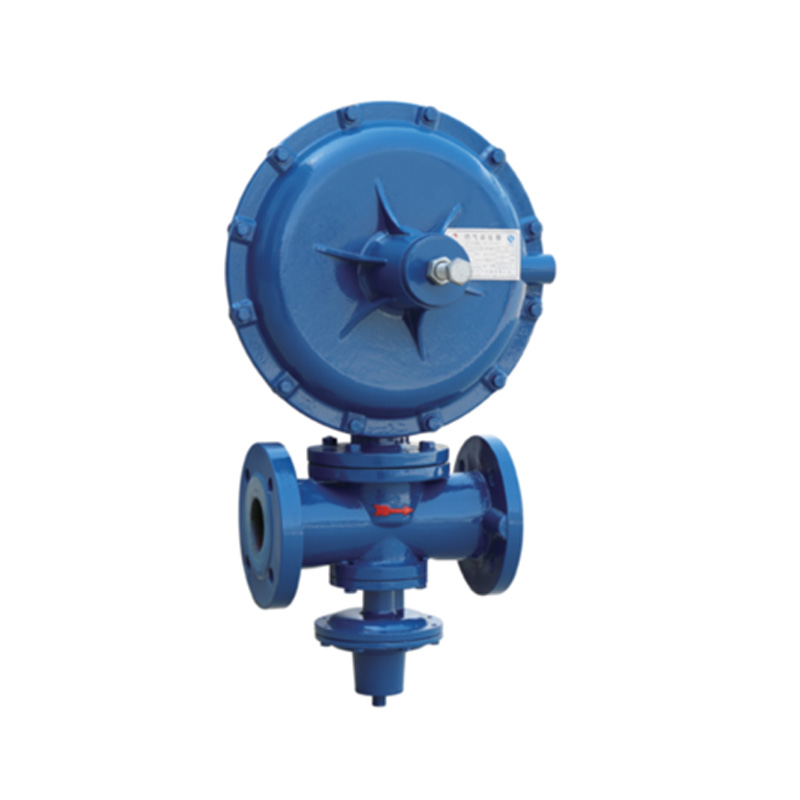
Dec . 05, 2024 15:40
Back to list
صمام التحكم الهوائي
The Role and Importance of Air Control Valves in Modern Systems
Air control valves, often referred to as pneumatic control valves, play a crucial role in regulating the flow of air within various systems. These valves are essential components in numerous applications, from manufacturing and automation to HVAC systems and automotive engineering. Understanding the functionality and significance of air control valves can provide insights into their impact on efficiency and performance in both industrial and commercial environments.
What is an Air Control Valve?
An air control valve is a device used to control the pressure, flow rate, and direction of compressed air or gases in a system. They can be operated manually or automatically, with automated versions often integrated into larger control systems. The main types of air control valves include solenoid valves, rotary actuated valves, and proportional valves, each designed for specific applications and operating conditions.
Mechanism of Operation
The operation of an air control valve typically involves a few key components the actuator, the valve body, and the control mechanism. The actuator can be pneumatic, hydraulic, or electric and is responsible for opening or closing the valve. The valve body houses the passageway for airflow, while the control mechanism determines how the actuator modifies the valve's position based on input signals, which can be from sensors or preset parameters.
For example, in a pneumatic system, when pressure builds up to a predefined level, the sensor sends a signal to the actuator, prompting it to either open or close the valve. This dynamic adjustment allows for precise control over airflow, ensuring that processes run smoothly and efficiently.
.
1. Manufacturing and Automation In industrial settings, air control valves are extensively used in pneumatic systems that power tools and machines. They regulate the flow of air for equipment such as conveyors, robotic arms, and assembly lines, contributing to operational efficiency and productivity.
صمام التحكم الهوائي

2. HVAC Systems Air control valves are integral in heating, ventilation, and air conditioning systems. They adjust the airflow in ducts and ensure that the temperature and air quality remain within desired parameters. This contributes to energy efficiency and occupant comfort in residential and commercial buildings.
3. Automotive Engineering In the automotive industry, air control valves are used in various applications, including fuel delivery systems and braking systems. They optimize engine performance and improve fuel efficiency by controlling the air-fuel mixture and ensuring the proper function of pneumatic brakes.
Benefits of Using Air Control Valves
The implementation of air control valves offers numerous benefits
- Improved Efficiency By precisely regulating airflow, these valves help optimize system performance, leading to reduced energy consumption and lower operational costs. - Enhanced Control Air control valves enable fine control over processes, allowing for adaptability and responsiveness to varying conditions. This is particularly important in applications that require consistent performance.
- Increased Safety In systems where pressure buildup may be a concern, air control valves play a vital role in preventing overpressure scenarios, thereby enhancing the safety of the system.
- Simplified Maintenance Many modern air control valves are designed for durability and ease of maintenance, which can significantly reduce downtime and maintenance costs.
Conclusion
As industries continue to evolve towards automation and more sophisticated systems, the importance of air control valves will only grow. Their ability to regulate airflow efficiently not only enhances operational performance but also contributes to energy conservation and safety. For engineers and facility managers, understanding the various types and functionalities of air control valves is crucial for optimizing their systems and ensuring they meet the demands of modern applications. Overall, these devices serve as a cornerstone in the interconnected web of modern mechanical and industrial processes.
Next:
Latest news
-
Safety Valve Spring-Loaded Design Overpressure ProtectionNewsJul.25,2025
-
Precision Voltage Regulator AC5 Accuracy Grade PerformanceNewsJul.25,2025
-
Natural Gas Pressure Regulating Skid Industrial Pipeline ApplicationsNewsJul.25,2025
-
Natural Gas Filter Stainless Steel Mesh Element DesignNewsJul.25,2025
-
Gas Pressure Regulator Valve Direct-Acting Spring-Loaded DesignNewsJul.25,2025
-
Decompression Equipment Multi-Stage Heat Exchange System DesignNewsJul.25,2025

